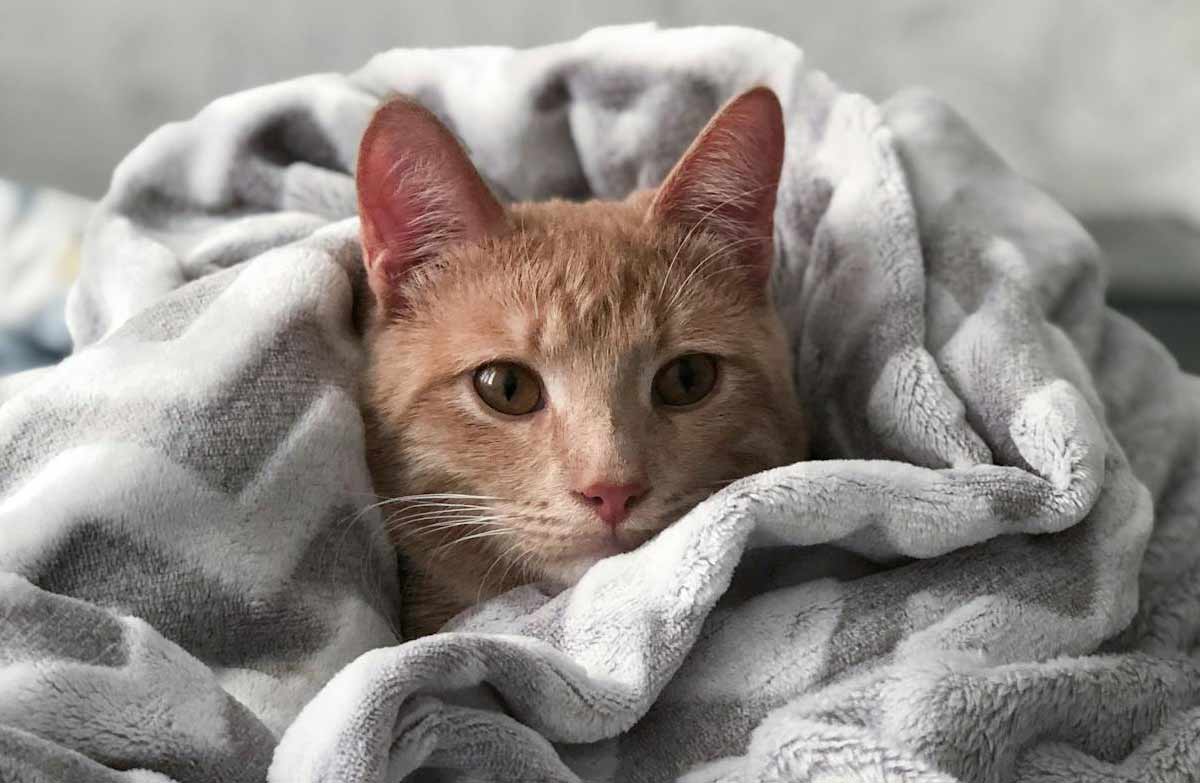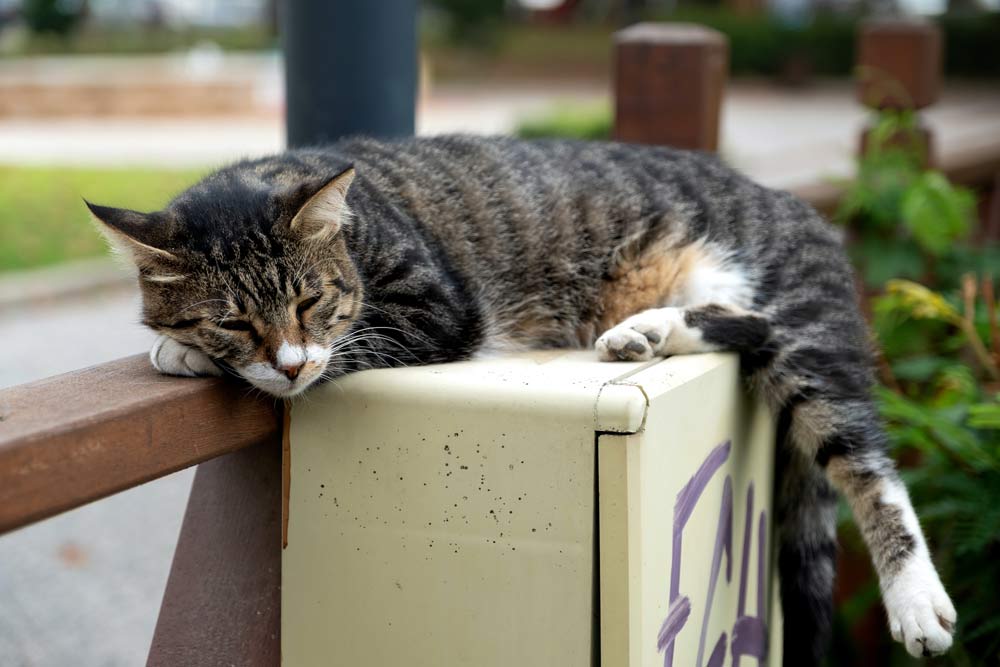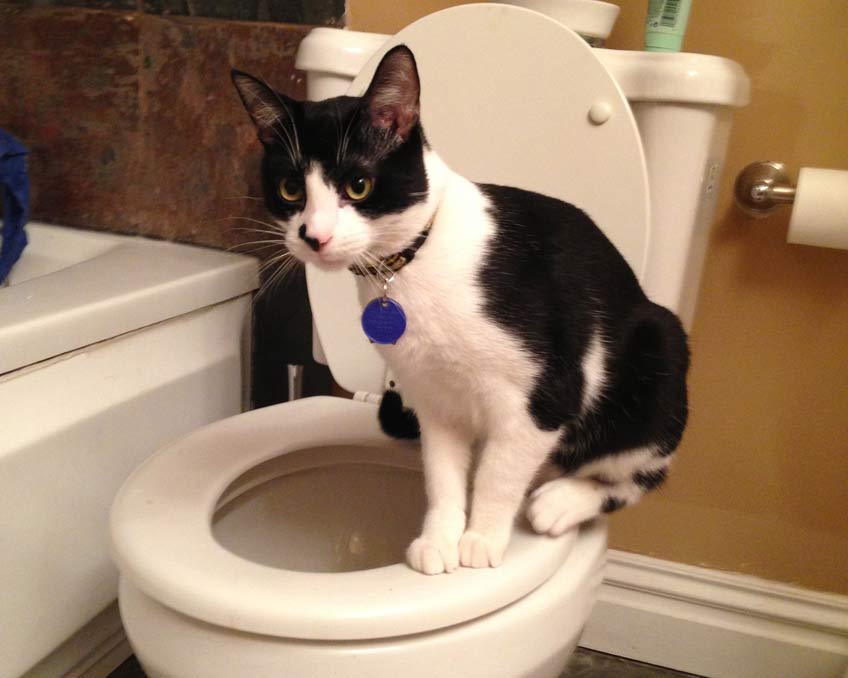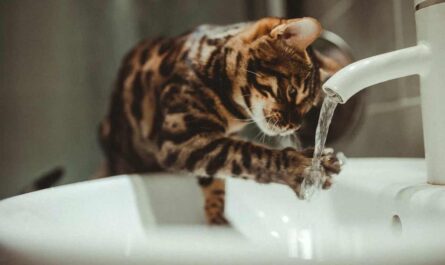How to take care of a kitten 6 weeks old? Imagine a ball of fluff with playful eyes, tiny paws batting at a feathered toy, and a rumbling purr that melts your heart. That’s the magic of welcoming a 6-week-old kitten into your life! But amidst the adorable meows and endless cuddles lies the responsibility of providing the purrfect foundation for their health and happiness. Fear not, fellow feline fanciers! This guide will equip you with the knowledge and tools to navigate this exciting stage, nurturing your tiny tiger into a confident, well-adjusted companion.
Think of these first few weeks as the building blocks for a lifetime of purrs. Just like human babies, kittens at this age are experiencing rapid physical and mental development. Their senses are awakening, their bodies are growing at lightning speed, and their little personalities are beginning to blossom. By understanding these crucial milestones, you can tailor your care to meet their unique needs, setting them on the path to a healthy, happy life.
Understanding Your Tiny Tiger: A Peek into Their Whirlwind World
Picture this: your miniature explorer wobbles across the room, eyes wide with wonder. At 6 weeks, kittens are developing their coordination and balance, mastering the art of climbing (watch out those curtains!), pouncing, and those ever-adorable zoomies. But remember, their bodies are still fragile. Provide soft landings, secure climbing structures, and gentle supervision during playtime to keep your little adventurer safe.
A World of Wonder through Whiskers and Paws
Just like human babies, kittens learn about the world through their senses. Every taste, touch, sound, and scent shapes their understanding. That’s why it’s important to offer enriching experiences that stimulate their developing brains. Crinkly toys, feathery wands, and even safe household objects like cardboard boxes can spark their curiosity and encourage exploration. Imagine the delight on your kitten’s face as they bat at a dangling string or chase a crinkly ball – pure joy for tiny paws and a vital step in their sensory development!
Social Butterflies in the Making
The time between 3 and 12 weeks is a crucial window for socialization in kittens. This is when they learn how to interact with other cats, humans, and their environment positively. By introducing your kitten to gentle interactions with different people and friendly, vaccinated cats, you’re helping them build confidence and become well-rounded feline citizens. Think of it as teaching them the language of cats – how to play nicely, groom each other, and navigate the world without fear or aggression.
So, get ready to be showered with purrs, playful swats, and endless curiosity. Caring for a 6-week-old kitten is a rewarding journey filled with cuddles, laughter, and the joy of nurturing a new life. Stay tuned for the next chapters in this guide, where we’ll delve deeper into feeding, hygiene, and the most important ingredient of all – playtime! Remember, with patience, love, and a little know-how, you can provide the purrfect start for your tiny tiger, ensuring a lifetime of love and companionship.
The Feeding Frenzy: Nutritional Needs & Techniques
Congratulations on welcoming your precious six-week-old kitten into your life! This tiny ball of fluff has a big appetite and even bigger dreams of playtime and cuddles. But before the epic games of yarn wrestling and purr-filled snuggles come into full swing, let’s delve into the crucial world of their nutritional needs.
Weaning Wisdom: From Milk to Munchies
Imagine your little explorer transitioning from cozy cuddles with mama cats to conquering the world, one wobbly step at a time. Similarly, weaning is a natural process where kittens gradually shift from their mother’s milk to solid food. Around four weeks old, you might notice their playful nibbles turning into curious nudges towards your plate. This is their way of signaling, “Hey, that crunchy stuff looks intriguing! Can I have a taste?”
But before diving headfirst into a kibble buffet, kittens need a smooth transition. This is where kitten formula steps in, acting as a nutritious bridge between milk and solid food. Look for formulas specifically designed for kittens, with the right balance of nutrients for their growing bodies and boundless energy.
Formula Fun: Fueling Tiny Adventures
Choosing the right formula can feel like deciphering ancient hieroglyphics, but fret not! Most pet stores or veterinarians can offer guidance based on your kitten’s breed and individual needs. Remember, consistency is key. Stick to the same brand and type of formula unless advised otherwise by your vet.
Feeding schedules are like roadmaps for tiny tummies. Aim for small, frequent feedings throughout the day, typically every 2-4 hours. As your kitten matures, you can gradually space out feedings. And speaking of feeding, bottle-feeding might become your temporary superpower! Proper technique ensures your little adventurer gets the nourishment they need comfortably and safely. Your vet can demonstrate the best practices and answer any questions you might have.
Kibble Kickstart: Crunchy Goodness Awaits
Around six weeks old, the weaning magic continues as your kitten starts showing interest in “grown-up” food. It’s time to introduce kitten kibble, specially formulated with smaller pieces and essential nutrients for their developing bodies and teeth. Don’t throw away the formula just yet! Think of kibble as exciting new snacks alongside their familiar milk meals. Gradually increase the kibble portion while decreasing the formula over a few weeks, mimicking the natural weaning process.
Remember, patience is key. Some kittens take to kibble like champs, while others need a gentle nudge (think enticing kibble pieces placed near their milk bowl). Encourage exploration and positive associations with feeding time. Make it a fun bonding experience filled with gentle praise and loving encouragement.
Hydration Heroes: Keeping Tiny Bodies Happy & Healthy
Just like us, kittens need fresh, clean water readily available throughout the day. Their playful antics and growing bodies require proper hydration. Encourage them to drink by placing water bowls in multiple locations, opting for shallow, wide dishes that are easy to access. You can even try a fun water fountain – the sound of trickling water might pique their curiosity and encourage them to take a sip.
Remember, every kitten is unique, and their individual needs might differ slightly. Don’t hesitate to consult your veterinarian for personalized advice on feeding schedules, portion sizes, and specific formula or kibble recommendations. With a little love, patience, and the right nutritional guidance, your tiny explorer will soon be zooming around, fueled by delicious goodness and ready for endless adventures by your side!
Other Interesting Articles
- How to Stop A Cat from Spraying after Neutering: 11 Tips
- How to Tell if A Cat is in Pain from Arthritis: How to Help
- 14 Reasons Why Is My Cat Making Weird Purring Noises
- How to Take Care of A Kitten without A Mother: 21 Tips
- What Is Caterwauling? 10 Most Common Reasons Cats Do It
- How to Introduce A Cat To A New Home When Moving?
- Cat Declawing: Tips, FAQs, Health, Alternatives, Pros, Cons
- New Cat? 20 Common Warning Signs When Introducing Cats
- 23 Sure Signs Your Cat May Be in Pain and How to Help It
- How to Stop A Neutered Cat From Spraying: 15 Simple Tips
- 12 Signs Your Cat May Require a Feline Companion
- Feline Pheromones: 12 Ways Calming Cat Pheromones Work
- Do Cats Feel Lonely without Other Cats? 6 Signs of Loneliness
- 10 Reasons Why Cats Hiss: How To Stop The Behavior
- Cat Feeding: Tips, Guide, FAQs, Chart for Kittens to Veterans
- Cat Vaccinations: Schedule, FAQs, Side Effects, and Costs
- 44 Strange, Weird, and Random Cat Behaviors Explained
- 21 Pro Tips for Fostering Kittens: Essential Care Guide
- 18 Cat Sounds Your Feline Makes: What They Mean
- Sexing Kittens: How to Tell, Determine the Sex of Your Kitten

:max_bytes(150000):strip_icc()/kitten-6-weeks-145561913-2000-d72330d398054c918a52cee93ad6bdc9.jpg)


